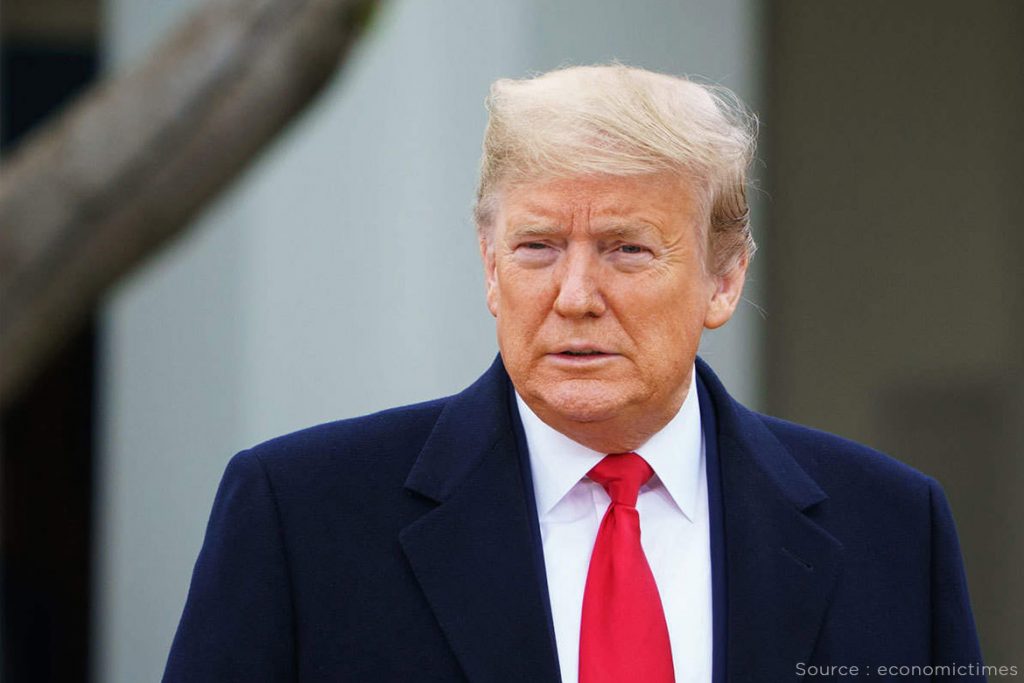Once again the US President Donald Trump is in news for quitting another major treaty, earlier Mr Trump has pulled the US out of Paris Climate Change Summit and INF treaty. According to Washington, the cause behind this move is the violation of the treaty by Russia. In this article, we will understand this treaty and the reason behind such a move.
Also Read: Is War Possible Between Iran and the United States?
What is Open skies treaty?
The first proposal of this treaty was laid in 1955 by President Eisenhower but it was rejected then. After 34 years, this proposal was again made by President Bush as a means to build confidence and security between all North Atlantic Treaty Organisation (NATO) and Warsaw Pact countries. In 1992, the Open Skies treaty was signed by 23 member countries and came into force after 10 years in 2002. As per the provisions of this treaty, it enables each state-party to conduct short-notice, unarmed, reconnaissance flights over the others’ entire territories to collect data on military forces and activities. Observation aircraft used to fly the missions must be equipped with sensors that enable the observing party to identify significant military equipment, such as artillery, fighter aircraft, and armored combat vehicles. All the territory of the host nation can be covered, every corner of the member states is covered under this.

Two types of quotas are set one is active quota, this is the number of flights it may conduct over other states-parties. Whereas the passive quota is the number overflights which every state-party is obligated to accept each year. Advance notice of 72 hours is given to the host country before overflight. Another important provision is that the flight must not be armoured and also there is a threshold for resolution of the camera used for reconnaissance. Aircraft may be equipped with four types of sensors: optical panoramic and framing cameras, video cameras with real-time display, infra-red line-scanning devices, and sideways-looking synthetic aperture radar. After the collection and collation of the data, a copy of this data is handed over to the host nation and other member nations can also purchase this data. During this whole process, a representative from the host country accompanies the guest representative.

Why the US is opting out?
U.S. Secretary of state Mike Pompeo confirmed the move of US on Thursday. He said “ Russia has grossly and continuously violated the treaty in various ways for years. Moscow appears to use Open Skies imagery in support of an aggressive new Russian doctrine of targeting critical infrastructure in the United States and Europe with precision-guided conventional munitions. Russia has weaponized the treaty by making it into a tool of intimidation and threat”. Also, Washington blamed Moscow for not allowing the U.S. flights over the militarized Kaliningrad enclave.

Impact of this US withdrawal
As per some researches of Institute for Peace Research and Security Policy, U.S. withdrawal would endanger the future of the Open Skies Treaty. This move will affect US Russia relations. This treaty is not only for the reconnaissance, but it acts as a confidence-building measure between member states. Withdrawal of US will also affect the other NATO allies as they lose an important source of intelligence because these countries do not possess high-resolution satellites as the US has. Above all, this move can instigate other countries to do so which is not good for world peace.
